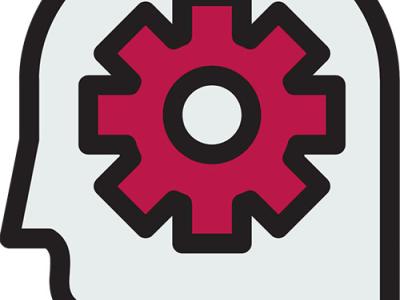Dataset Entries from this Author
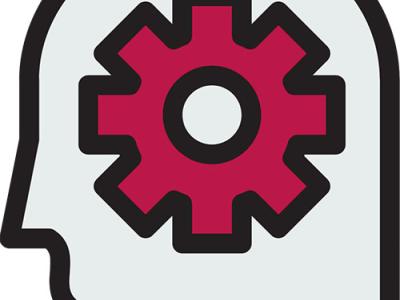
We investigate whether hypothesis testing can be improved by a simple prompt to ‘think in opposites’, a strategy suggested by a growing body of literature as being beneficial in various reasoning and problem-solving contexts.
- Categories:

The study investigates the relationship between people’s personality and the types of hats they like and would be willing to wear. The question is of interest for the psychology of personality and aesthetic preferences, empirical aesthetics, and potentially also for marketing studies. 539 Italian adults completed an on-line questionnaire showing black and white images of 34 iconic types of hat (set 1) and 8 types of baseball caps (set 2) one at a time. For each hat, they were asked to rate how much they liked it and how likely it was that they would wear it.
- Categories:
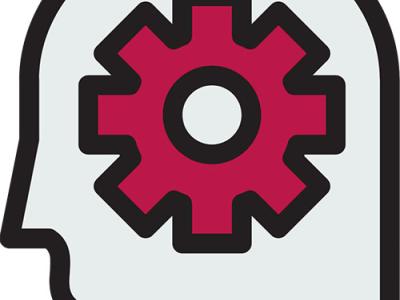
The Big Five Inventory-2 (BFI-2) is one of the most used questionnaires to assess personality traits, distinguishing 15 facets. Despite its usage, there is still room for research to improve its psychometric properties. We applied the Rasch analysis (RA) to transform the BFI-2 into an instrument consisting of actual interval scales (obtaining the BFI-2-R), involving 5362 Italian adults. Five confirmatory factor analyses supported the three-facet structure of each trait. This structure resulted invariant at the scalar level across sex.
- Categories:

After considering the pervasiveness of same/different relationships in Psychology and the experimental evidence of their perceptual foundation in Psychophysics and Infant and Comparative Psychology, the paper develops its main argument. Similarity and diversity do not complete the panorama since opposition constitutes a third relationship which is distinct from the other two. There is evidence of this in previous literature investigating the perceptual basis of opposition and in the results of the two new studies presented in this paper.
- Categories:
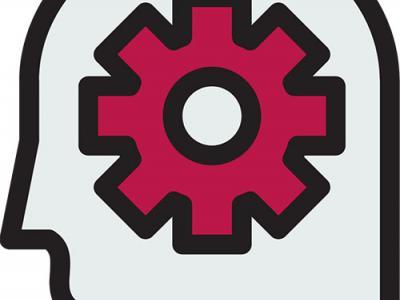
Psychological Consequences of a Pandemic Event” (PCPE) questionnaire
- Categories:
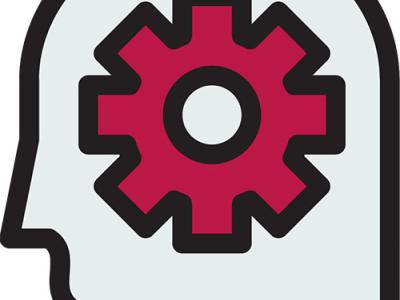
Training people to think in opposites facilitates the falsification process in Wason’s rule discovery task.
- Categories:

Italian validation of the situational Brief Cope Scale (I-Brief Cope)
- Categories:
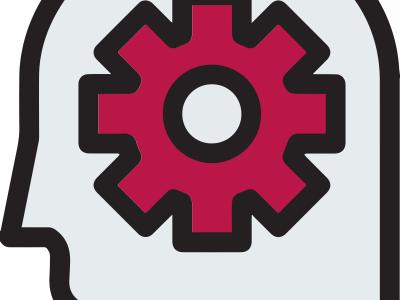
Testing Australian standard consumers’ understanding of the language used to describe wine
- Categories:

We investigate the naïve idea of adults relating to opposite processes.
- Categories:

We investigate the naïve idea of adults relating to two opposite processes shown by means of iconic stimuli.
- Categories:
